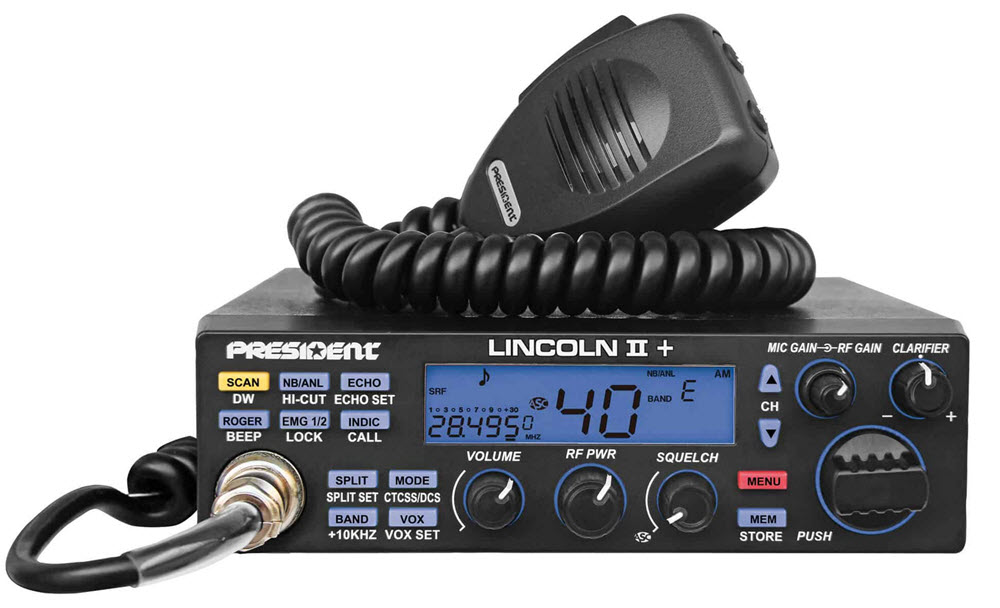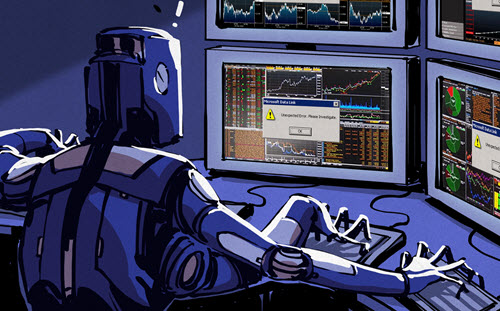Amateur radio
Radio amateur hobbyists are limited to the use of small frequency bands known as amateur radio bands, which are allocated throughout the radio spectrum. Within these bands, the hobbyists are permitted to transmit on any frequency.
People engage in amateur radio for a variety of reasons, such as social chatting, information sharing, technical experimentation, self-training, radiosport, contesting, and to help out in emergency situations. An individual operator can make contact with another individual, or participate in round table meetings known as “rag chew sessions”. Regularly scheduled on-air meetings for amateur radio operators are known as “nets”, and the moderating station is called the “net control”.
During major emergencies, such as natural disasters or terrorism events, amateur radio operators can help by enabling communication when the normal infrastructure for two-way communication is damaged or overloaded (phone networks, internet, etc). Many amateur operators own battery-powered or generator-powered equipment that will work even when the electrical grid is down. Special “nets” are available for operators who wish to learn procedures for emergencies.

Licensing
The amateur radio service exists under the International Telecommunication Union (ITU) and the Radio Regulations. National governments regulate technical and operational aspects of transmissions and issue licenses to individual stations. Each licensed station uses a unique call sign for identification, and this call sign must be included in all transmissions. Amateur operators must hold an amateur radio license issued by the applicable government.
It is common for newcomers to the hobby to start out by contacting a local club, as such clubs can provide technical support and information regarding applicable licensing, local operating practices, etcetera. Within the hobby, experienced amateurs who help newcomers are known as “Elmers”, a term coined by Rodney Newkirk, W9BRD.
The roots of amateur radio go back to the 1800s, although back in those days the hobby was quite different from the amateur radio hobby that developed in the 1900s. The oldest extant radio amateur society is the Wireless Institute of Australia, founded in 1910.
What is ham radio?
Ham radio is nickname for amateur radio.
Ham originated as a pejorative term used in professional wired telegraphy in the 19th century. Operators who weren´t proficient in sending Morse code were ham-fisted and therefore referred to as ham. From telegraphy, the term migrated into the world of radio. Among early professional radio operators, inexperienced amateurs were a nuisance – they were “ham”.
Eventually, the amateur radio community claimed the term and began using it with pride. By the mid-1900s, it no longer had a pejorative meaning.
Ham is not an acronym and should not be written HAM. Some people do, because they believe it is short for Hobby AMateur.
The International Amateur Radio Union (IARU)
The International Amateur Radio Union (IARU) is organized into three regions:
- IARU Region 1 is Europe, Middle East, CIS, Africa
- IARU Region 2 is the Americas
- IARU Region 3 is South Asia, East Asia and the Pacific Ocean

What is FM & SSB?
Amateur radio operators can use a variety of transmission modes for their communication, and the two most commonly utilized ones for voice transmission are frequency modulation (FM) and single sideband (SSB).
- FM offers high quality audio signals
- SSB is a better choice for long-distance communication when bandwidth is restricted.
What is CW?
Radio-telegraphy using Morse code is known as CW, which is an acronym for continuous wave.
In the earliest days of radio, radio was used as a wireless extension of the landline (wired) telegraph system.
Today, computer-based digital modes have largely replaced CW, but there are quite a few amateurs that keep the skill alive, especially on the shortwave bands. CW is also used for certain Earth-Moon-Earth communication due to being suitable from a signal-to-noise perspective.
CW-only transmitters are comparatively easy to construct, and a person with normal hearing will be able to recognize weak CW signals in a noise that would drown out normal voice radio.
In the past, proficiency in Morse code was a requirement to be granted an amateur license to transmit on frequencies below 30 MHz. In 2003, the international regulations were altered, and countries were permitted to remove this requirement at their own discretion. In the United States, the Morse code requirement was removed by the Federal Communications Commission on 23 February, 2007.
Non-planet reflectors of radio waves
A hand-held transceiver (HT) can be used to access amateur radio satellites. When conditions are right, it can even be possible to use an ordinary off-the-shelf “rubber duck” antenna.
Amateur operators also use the moon, aurora borealis, and the ionized trails of meteors to reflect radio waves.
Amateur television
The advent of fairly inexpensive consumer video equipment caused a boost for fast scan amateur television. Since wide bandwidth and stable signals are a requirement, amateur television typically makes use of the 70 cm (420–450 MHz) wavelength range, and a signal range exceeding 30-100 km is rare.
High frequency trading
 High-frequency trading (HFT) is a type of automated trading. It uses pre-set indicators, signals and trends to enter and exit the market at very high speeds to be able to make minuscule gains on each trade. Each trade makes produces very small gains but a High-frequency trading algorithm can make hundreds of thousands or even millions of trades each day. All those minuscule gains add up to produce large profits. High-frequency trading is all about being able to enter and exit the market as quickly as possible and High-frequency trader spends large sums of money to be able to connect to the market as quickly as possible. Learn more about High-frequency trading and how it works.
High-frequency trading (HFT) is a type of automated trading. It uses pre-set indicators, signals and trends to enter and exit the market at very high speeds to be able to make minuscule gains on each trade. Each trade makes produces very small gains but a High-frequency trading algorithm can make hundreds of thousands or even millions of trades each day. All those minuscule gains add up to produce large profits. High-frequency trading is all about being able to enter and exit the market as quickly as possible and High-frequency trader spends large sums of money to be able to connect to the market as quickly as possible. Learn more about High-frequency trading and how it works.
High-frequency trading is not suitable for retail traders since retail traders always will be at a disadvantage due to slow internet speed. Almost all profits in High-frequency trading go to whoever has the best connection to the market they trade on. There are other types of algorithmic and automated trading that is more suitable for retail investors. Visit daytrading.com if you want to learn more.
